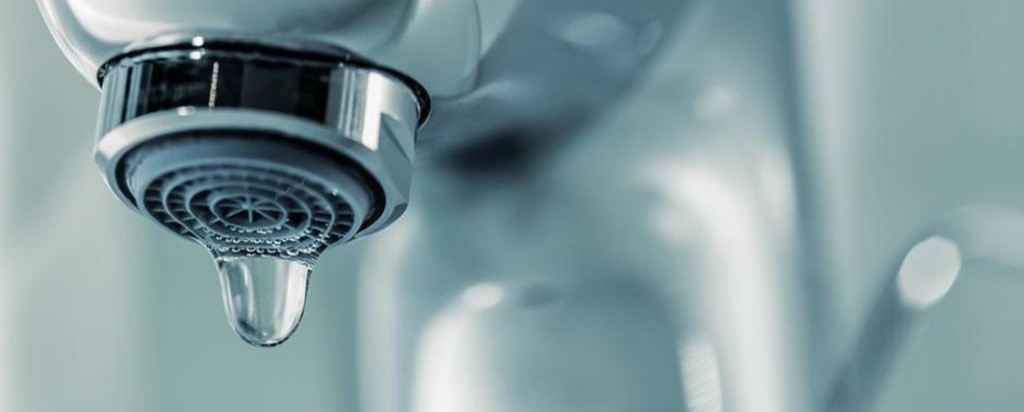Understanding the Six Most Common Water Leak Sources in Your Home
Visit LinkJust how do you feel about How to Find Water Leaks?

Leaks not only cause waste of water yet can additionally create unneeded damage to your home and promote undesirable natural development. Water leakages may go unnoticed since many of the pipework in our residence is hidden. By looking as well as comprehending for everyday situations that create leaks, you can protect your residence from future leaks and unneeded damage. Today, we will consider six leak causes that might be triggering your pipes to trickle.
Trespassing origins
A lot of water leaks begin outside the house as opposed to inside it. If you discover an unexpected decrease in water stress, say in your faucet, take time to head out and examine your backyard. You might observe wet spots or sinkholes in your yard, and that could mean that tree origins are invading water lines triggering water to permeate out. You can have your plumber check for breach, especially if you have trees or shrubs near your building.
Corroded water systems
As time goes by, your plumbing system ages and deterioration such as corrosion might start eating away the pipelines. This could be the reason for discoloration or warping on your water pipes. This calls for an evaluation with your plumber instantly. If our plumbing system is old, take into consideration changing the pipes because they are at a higher risk of deterioration than the newer versions.
Malfunctioning Pipe Joints
The point at which your pipes connect is frequently the weakest web link in the waterline. Pipe joints can degrade gradually, causing water leakages. However, the majority of pipe joints are not quickly visible. If you have noisy pipelines that make ticking or banging sounds, specifically when the warm water is activated, your pipeline joints are most likely under a lot of pressure. It is a good idea to have your plumber evaluate your system annually.
Instant temperature level adjustments.
Extreme temperature changes in our pipelines can trigger them to expand as well as contract suddenly. This expansion and tightening may create fractures in the pipes, particularly if the temperature level are below freezing.
Poor Water Connectors
Sometimes, a leak can be caused by loosened hoses as well as pipelines that supply your home appliances. Generally, shifting is what triggers the loose water Connections. You could locate when it comes to a washing maker, a pipe may spring a leak due to shaking throughout the spin cycle. In case of a water connections leakage, you might discover water running straight from the supply line or puddles around your home appliances.
Clogged Drains
Obstructed drains may be aggravating and also inconveniencing, but they can in some cases end up creating an overflow leading to break pipes. Maintain getting rid of any products that might decrease your drains pipes that could block them to stay clear of such hassles.
All the above are sources of leakages but not all water leaks arise from plumbing leaks; some leaks might come from roof leakages. All leakages should be repaired promptly to prevent water damage.
Leaks not only create waste of water yet can additionally cause unnecessary damages to your residence and advertise undesirable natural development. By looking and comprehending for day-to-day scenarios that cause leakages, you can secure your house from future leakages as well as unneeded damage. Today, we will look at 6 leakage causes that may be causing your pipelines to drip.
At times, a leak can be caused by loose pipes as well as pipelines that provide your home appliances. In instance of a water connections leakage, you might see water running straight from the supply line or pools around your devices.
How To Check For Water Leak In Your Home
How To Check for Leaks
The average household's leaks can account for nearly 10,000 gallons of water wasted every year and ten percent of homes have leaks that waste 90 gallons or more per day. Common types of leaks found in the home are worn toilet flappers, dripping faucets, and other leaking valves. These types of leaks are often easy to fix, requiring only a few tools and hardware that can pay for themselves in water savings. Fixing easily corrected household water leaks can save homeowners about 10 percent on their water bills.
To check for leaks in your home, you first need to determine whether you're wasting water and then identify the source of the leak. Here are some tips for finding leaks:
Take a look at your water usage during a colder month, such as January or February. If a family of four exceeds 12,000 gallons per month, there are serious leaks.
Check your water meter before and after a two-hour period when no water is being used. If the meter changes at all, you probably have a leak.
Identify toilet leaks by placing a drop of food coloring in the toilet tank. If any color shows up in the bowl after 10 minutes, you have a leak. (Be sure to flush immediately after the experiment to avoid staining the tank.)
Examine faucet gaskets and pipe fittings for any water on the outside of the pipe to check for surface leaks.
Undetected water leaks can happen without the home or business owner even realizing. If you suspect a water leak, but not able to find the source. It is time to contact a professional water leak detection service, The Leak Doctor.
How To Find a Water Leak In Your Home
https://www.leakdoctor.com/blog/How-To-Check-For-Water-Leak-In-Your-Home_AE197.html

I ran across that page about How Fast Water Damage Can Ruin Your Home while browsing on the web. Don't hesitate to set aside a second to distribute this post if you enjoyed it. Thanks a bunch for your time. Come back soon.
Book Your Appointment